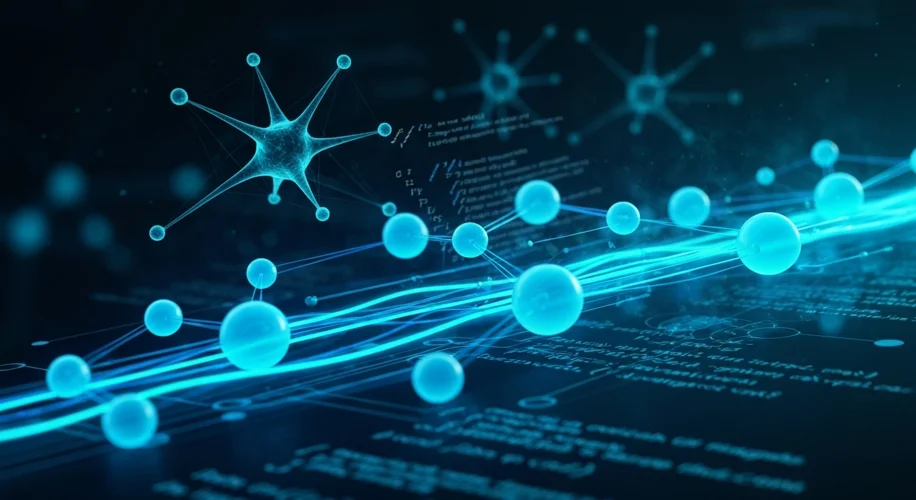It’s an interesting time in the world of artificial intelligence, especially when we look at the pace of advancements and, importantly, how that progress is being shared. Recently, we’ve seen major moves in the open-source AI space, with xAI announcing their Grok-2 model and Mistral AI releasing their Mistral Medium 3.1.
For those unfamiliar, open-source AI means the underlying code and often the trained models are made publicly available. This approach is fundamentally different from proprietary models, where the inner workings are kept secret. Think of it like sharing a recipe versus keeping it under lock and key. The implications for AI development and accessibility are significant.
Let’s look at Grok-2. Developed by xAI, Elon Musk’s AI venture, Grok-2 represents a step forward in making powerful AI tools more accessible. By open-sourcing it, xAI is allowing a wider community of developers, researchers, and enthusiasts to experiment with, build upon, and potentially improve the technology. This can lead to faster innovation, as more minds contribute to refining the model and discovering new applications.
Mistral AI, a European company, has also been a key player in pushing the boundaries of open-source AI. Their release of Mistral Medium 3.1 continues this trend. Mistral’s models have often been praised for their efficiency and performance relative to their size, making them attractive for a broader range of uses, including those with more limited computational resources. Making such models open-source democratizes access, allowing smaller companies or independent researchers to leverage state-of-the-art AI without the massive investment typically required.
What does this mean for the broader AI landscape? Firstly, it fuels competition. When leading models are shared, it lowers the barrier to entry for new players and encourages existing ones to keep innovating. We’re likely to see a more diverse ecosystem of AI applications emerge as a result.
Secondly, it promotes transparency and collaboration. Open-sourcing allows for greater scrutiny of AI models, which is crucial for identifying potential biases or safety concerns. Researchers can study the models more deeply, leading to a better understanding of how they work and how to make them more reliable and ethical.
From my perspective, having spent decades in the software industry, this shift towards open-source AI is a powerful reminder of how collaboration can accelerate progress. While proprietary models certainly have their place, the ability for the global community to contribute, learn, and build together is invaluable. It fosters an environment where AI can be developed not just by a few large organizations, but by a collective effort, potentially leading to more robust, adaptable, and widely beneficial AI technologies.
Of course, with great openness comes great responsibility. As these powerful tools become more accessible, discussions around ethical deployment, data privacy, and societal impact become even more critical. We must ensure that as AI advances, it does so in a way that benefits everyone.

